As we head out to the garden center, keep in mind the beautiful sight of colorful butterflies in the garden. Now is the time to plan a feast for the caterpillars with appropriate host plants. Caterpillars of butterflies have a menu that is as diverse as the different butterflies they will morph into. Some butterflies will come to the garden for the sole purpose of eating, mating, and depositing eggs on these host plants. The eggs will hatch and the young larvae will begin eating and growing until it is time for them to spin a cocoon, and emerge into the beautiful butterflies we all enjoy.
This feast of the young caterpillars is not the time to panic. Yes, leaves of plants will be devoured. Torn edges and holes will appear. The host plants must be offered and yes, sacrificed, for the life cycle of butterflies to continue.
Here are just some of the Butterflies, their caterpillar offspring, and some of the host plants that the caterpillars prefer.
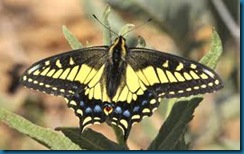 |
| Anise Butterfly |
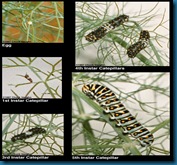 |
| Anise Caterpillars |
 |
| Fennel |
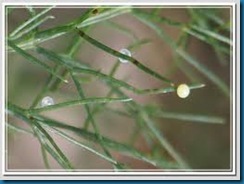 |
| Deposited egg on fennel |
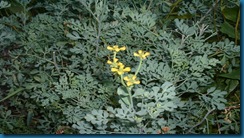 |
| Rue |
 |
| Parsley |
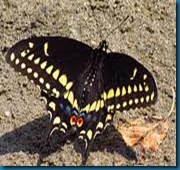
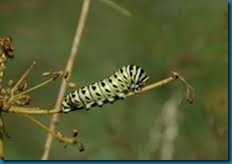
The Eastern Black Swallowtail also depends on the parsley, Fennel, and rue as a host plant.
One of the most endearing caterpillars is the Spicebush Swallowtail.
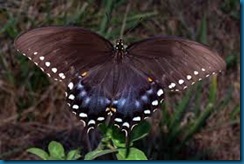
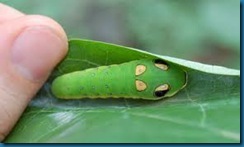
And as the name suggests, the host plant for this interesting fellow is the Spicebush. This larvae also will eat bay leaves and sassafras.
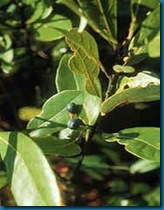
The Spicebush shrub is a native and can tolerate a shady spot in the garden.
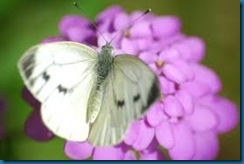
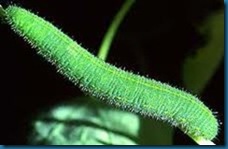
This is the cabbage white butterfly and the caterpillar. As the name suggests, the host plants are cabbage, mustard, and nasturtiums. The fact that cabbage is a host, also make this caterpillar a pest in the vegetable garden.
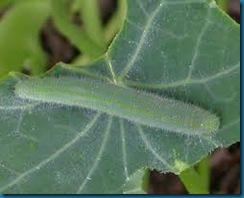
American Painted Lady is a colorful butterfly.

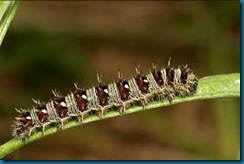
The host plants favored by this species are daisies, hollyhock, and other composite blooms. Composites are blooms that are centered or flat and provide a landing pad for butterflies.
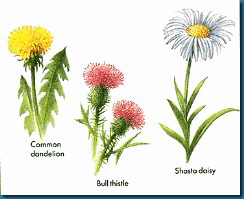
Monarch butterflies get a lot of attention in the garden, and their annual migration in the fall is documented here. The milkweed is the only host plant I have found for this variety.
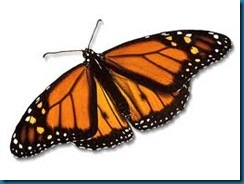
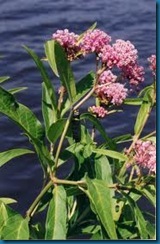

Viceroy Butterflies are similar to Monarch butterflies in color, but smaller in size. They feast on willow, poplar, apple, cherry and plum trees.
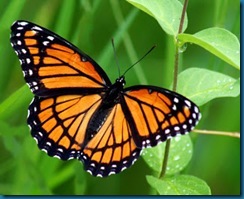
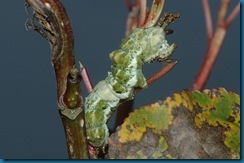
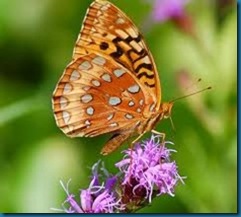
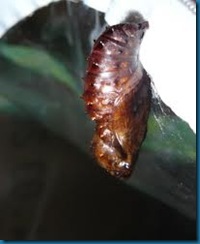
This Great Spangled Fritillary and cocoon are hosted by violets. Other Fritillary butterflies are the Variegated Fritillary and the Meadow Fritillary. They all need violets, pansies, and tricolor violets.
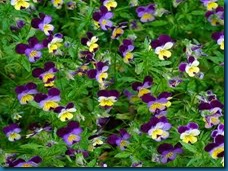
The Variegated Fritillary will also use Stonecrops, plantains, and Passionflowers for its host.
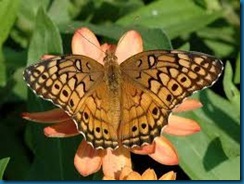
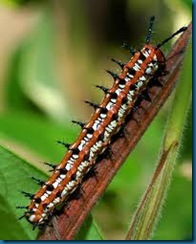
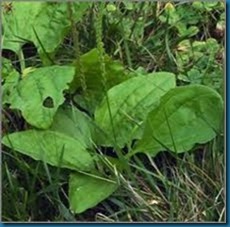
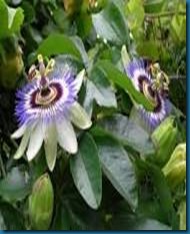
Many butterflies do not appear in the garden until late summer and early fall. Therefore it is important to have a progression of flowering plants to draw in the butterflies, and to have host plants available.
Asters are a great late season plant both for color, nectar, and as a host plant for the Pearly Crescentspot.
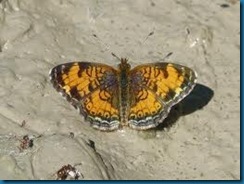
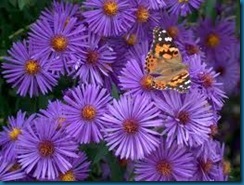
Red Admiral larvae favor hops, nettle, specifically false nettle. The Red Admiral butterfly is increasing in population. It typically has two broods or generations each season.

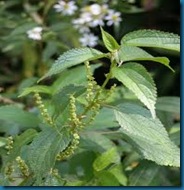 |
| False Nettle |
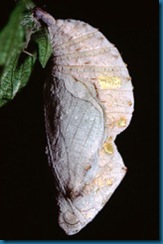 |
| Chrysalis of Red Admiral |

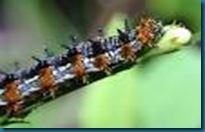
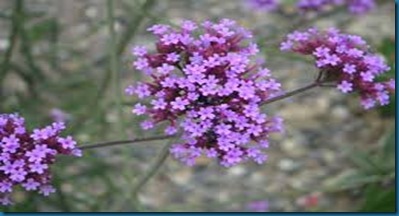 |
| Verbena |
Host plants can be herbs such as parsley, or annuals like cleome. Perennials that are good host plants are Dutchman's pipe, milkweed, daisies, Turtlehead and foxglove. Shrubs, and trees also host caterpillars. Trees like willow, poplar, apple, hawthorn and tulip tree are only a few. Several clovers, and other legumes qualify for caterpillar menus along with some vines like beans, and peas. Thanks to Joyful Butterfly.com for many of the references used.
By incorporating host plants into the landscape, the wonderful winged world of butterflies will be frequent visitors. Remember to refrain from the knee-jerk reaction of reaching for insecticides when a caterpillar is munching away on your plants. No caterpillars, not cocoons. No cocoons, no butterflies. Embrace the inevitable and enjoy.
1 comment:
Thank you for the beautiful, colorful, informative post!
Post a Comment